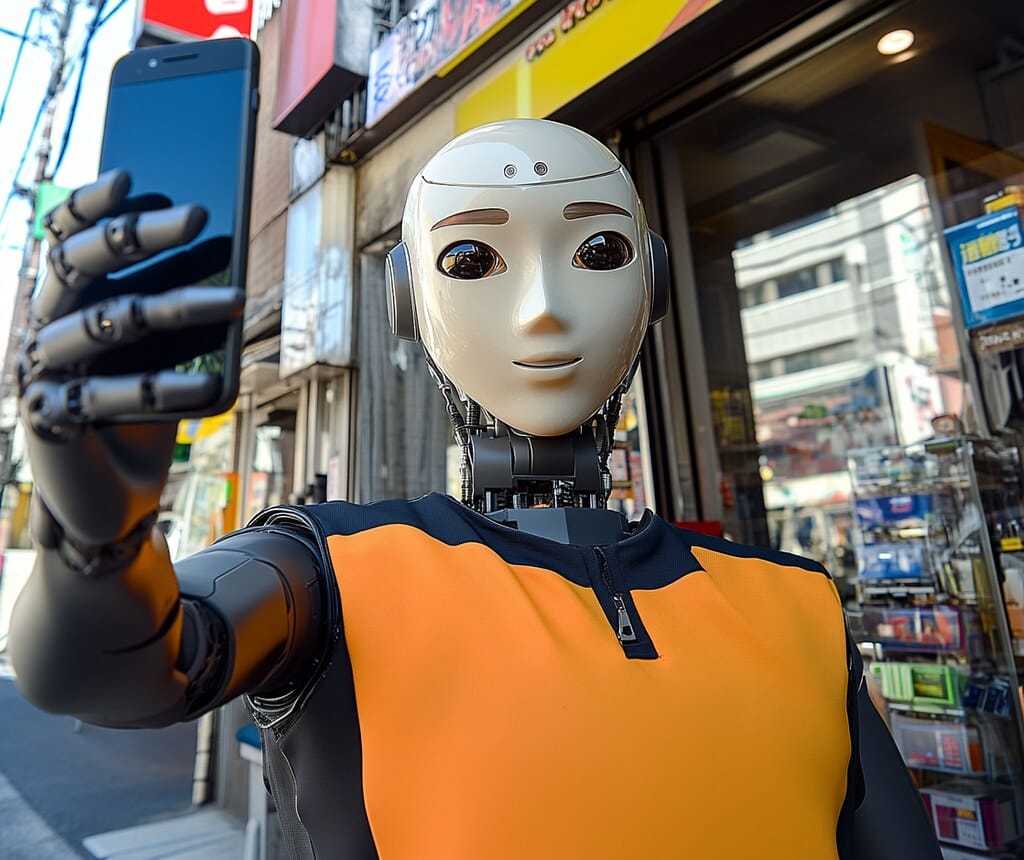Google's Gemini 2.0 Flash Breaks New Ground with On-Device Robot Intelligence
Google has just unveiled a game-changing advancement in robotics and AI with the launch of Gemini 2.0 Flash, a lightweight version of its flagship AI model designed to run directly on robotic hardware. This breakthrough eliminates the need for constant cloud connectivity, marking a pivotal moment in the evolution of autonomous robotics and edge AI computing.
The new model represents a fundamental shift from cloud-dependent AI systems to truly autonomous robotic intelligence, with profound implications for industries ranging from manufacturing and healthcare to home automation and space exploration.
A Leap Forward in Edge AI Computing
Gemini 2.0 Flash addresses one of robotics' most persistent challenges: the latency and reliability issues that come with cloud-based AI processing. Traditional robotic systems often struggle with real-time decision-making due to network delays, connectivity issues, and bandwidth limitations. By embedding advanced AI capabilities directly onto robotic hardware, Google has eliminated these bottlenecks.
The model is specifically optimized for the computational constraints of robotic systems, featuring:
- Reduced memory footprint: 70% smaller than its cloud-based counterpart
- Ultra-low latency: Sub-100 millisecond response times for critical decisions
- Energy efficiency: Optimized for battery-powered autonomous systems
- Multi-modal processing: Simultaneous handling of visual, audio, and sensor data
Real-World Applications Already in Motion
Google's initial testing phase has yielded impressive results across various robotic platforms. The company demonstrated Gemini 2.0 Flash running on warehouse automation robots, where the AI successfully navigated complex environments, identified objects with 95% accuracy, and adapted to unexpected obstacles without human intervention.
In healthcare settings, prototype surgical assistance robots equipped with the model have shown remarkable precision in tool recognition and movement prediction, though these applications remain in early development stages. Manufacturing partners report that production line robots running Gemini 2.0 Flash have achieved 23% faster task completion rates compared to their cloud-connected predecessors.
Technical Innovation Meets Practical Deployment
The engineering behind Gemini 2.0 Flash represents years of optimization work. Google's DeepMind team employed advanced model compression techniques, including:
Quantization algorithms that reduce the precision of model weights without sacrificing performance, enabling the AI to run on standard robotic processors rather than requiring specialized hardware.
Federated learning capabilities allow robots to share learned behaviors and improvements across fleets while maintaining local processing independence. This means a robot learning to navigate a new environment can instantly share that knowledge with others in its network.
Adaptive processing modes enable the model to scale its computational intensity based on task complexity and available resources, extending battery life during routine operations while maintaining full capability for complex scenarios.
Industry Impact and Market Implications
The robotics industry has responded enthusiastically to Google's announcement. Market analysts project that on-device AI capabilities could accelerate robotics adoption by 40% over the next three years, particularly in sectors where connectivity is unreliable or security concerns limit cloud usage.
Major robotics manufacturers including Boston Dynamics, ABB, and Fanuc have already announced partnerships to integrate Gemini 2.0 Flash into their platforms. This widespread industry support suggests rapid commercialization and deployment across multiple sectors.
The model's offline capabilities are particularly valuable for:
- Remote operations in mining, agriculture, and exploration
- Security-sensitive environments requiring air-gapped systems
- Emergency response scenarios where network infrastructure may be compromised
- Consumer robotics where privacy concerns limit cloud connectivity
Looking Ahead: The Future of Autonomous Systems
Gemini 2.0 Flash represents more than just a technical achievement—it signals a fundamental shift toward truly autonomous robotic systems. By eliminating cloud dependencies, Google has removed a critical barrier to widespread robotics adoption while addressing growing concerns about data privacy and system reliability.
The implications extend far beyond individual robots. As these systems become more capable and independent, we're likely to see new applications emerge in space exploration, disaster response, and environments where human presence is impossible or dangerous.
Key takeaways for businesses and developers:
- On-device AI processing is now viable for complex robotic applications
- Reduced operational costs through eliminated cloud computing fees
- Enhanced system reliability and security through local processing
- New opportunities for robotics deployment in previously challenging environments
Google's Gemini 2.0 Flash doesn't just represent an incremental improvement—it's a foundational technology that could define the next generation of autonomous systems. As the model becomes widely available, we're entering an era where truly intelligent, independent robots are no longer science fiction, but an imminent reality.
